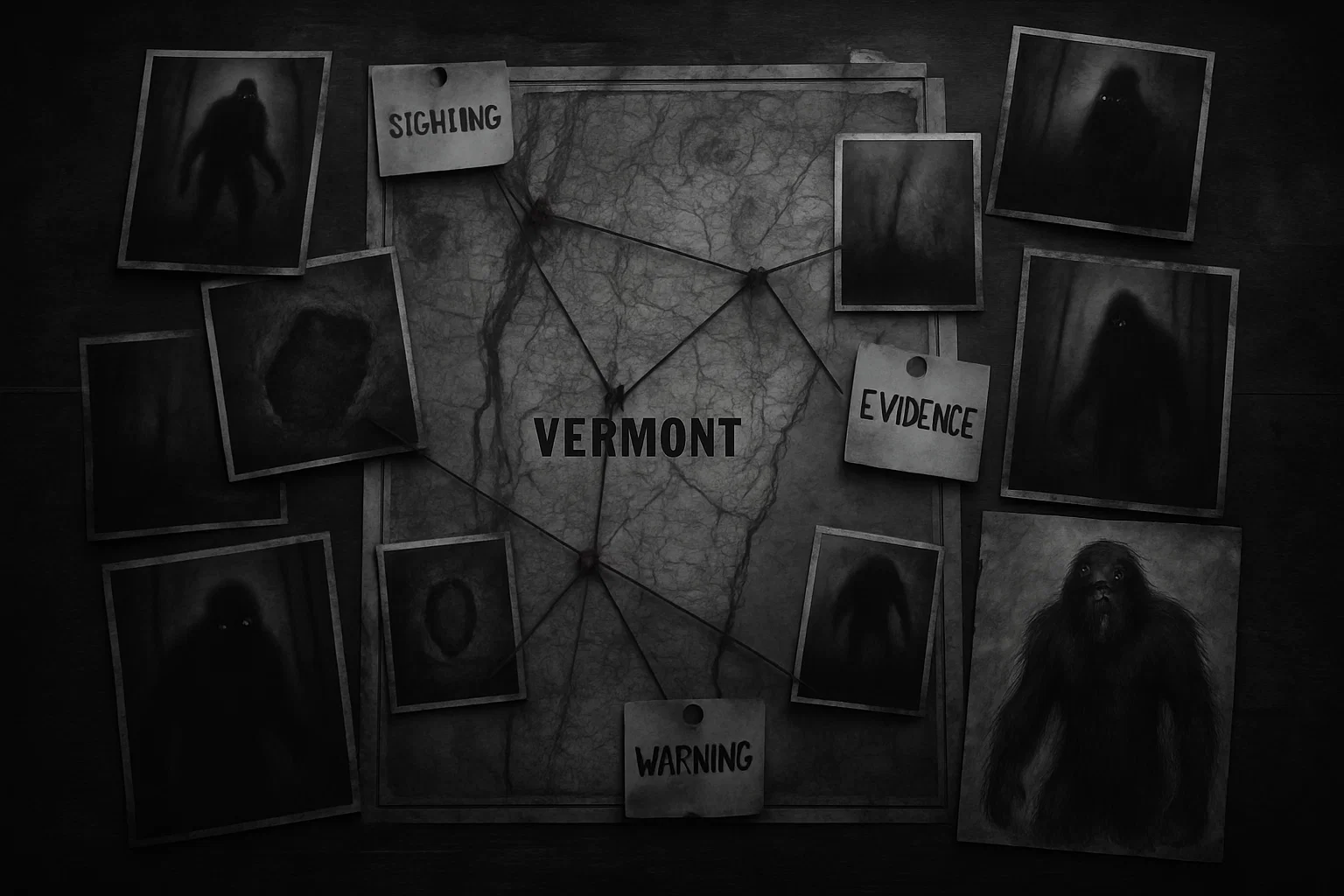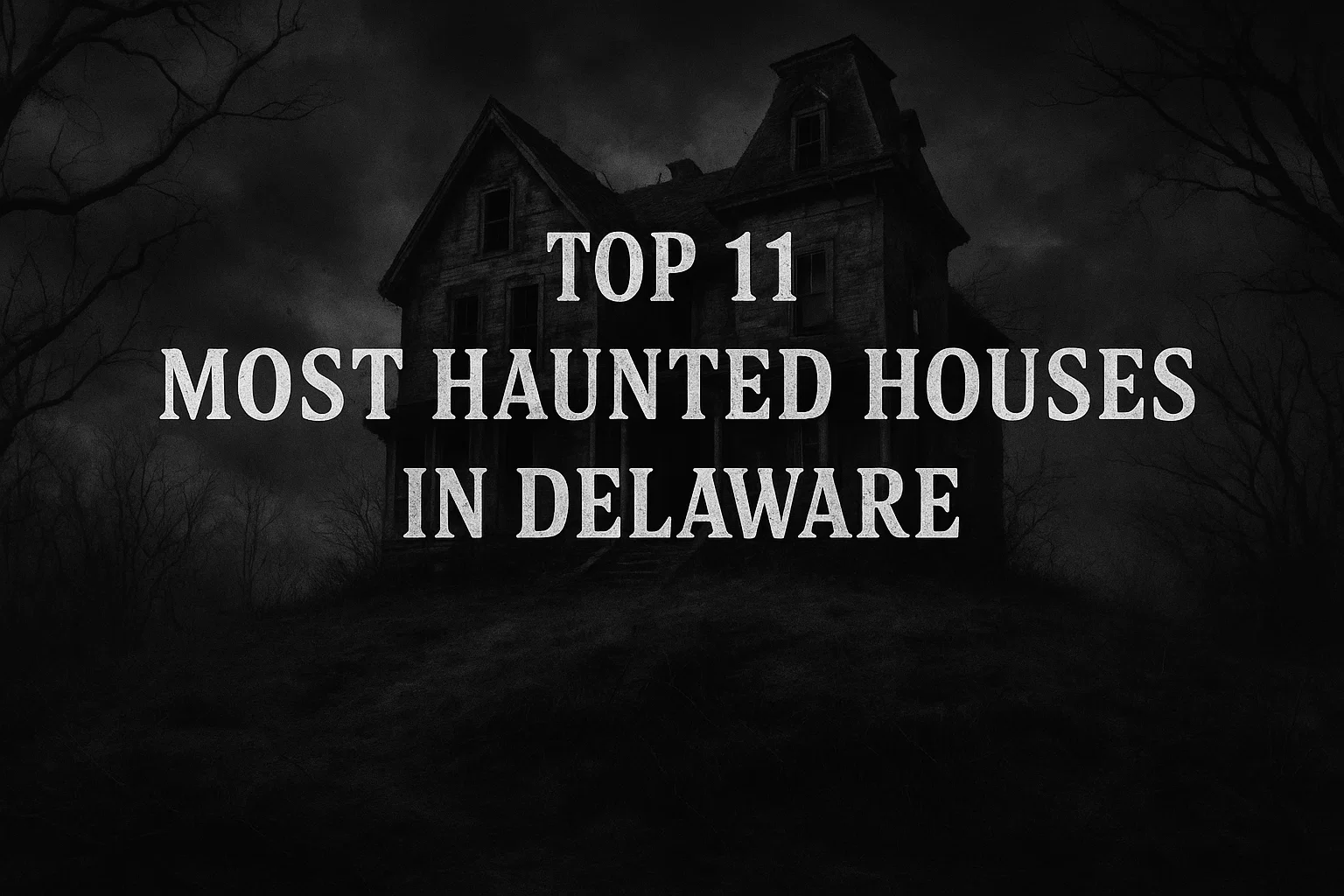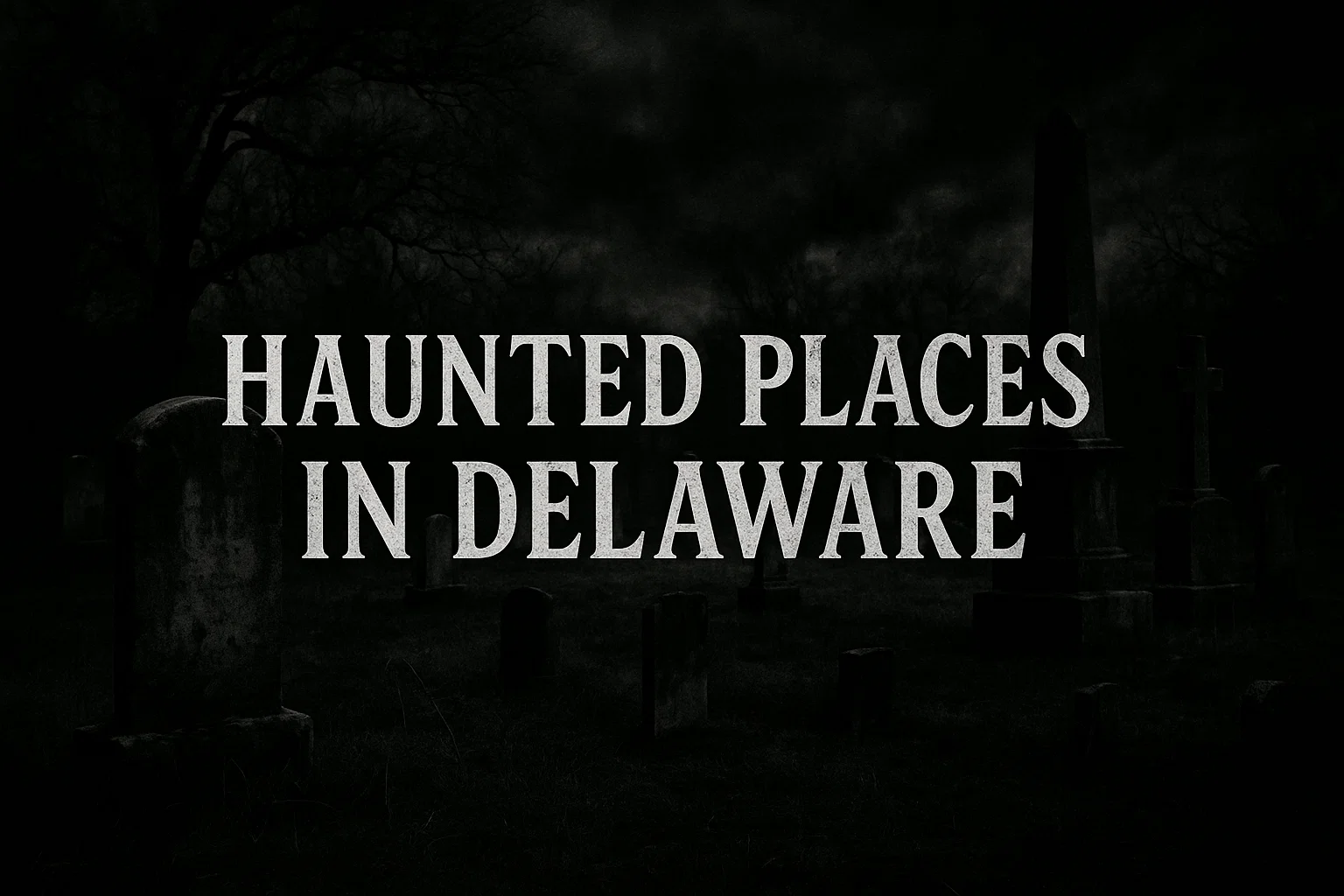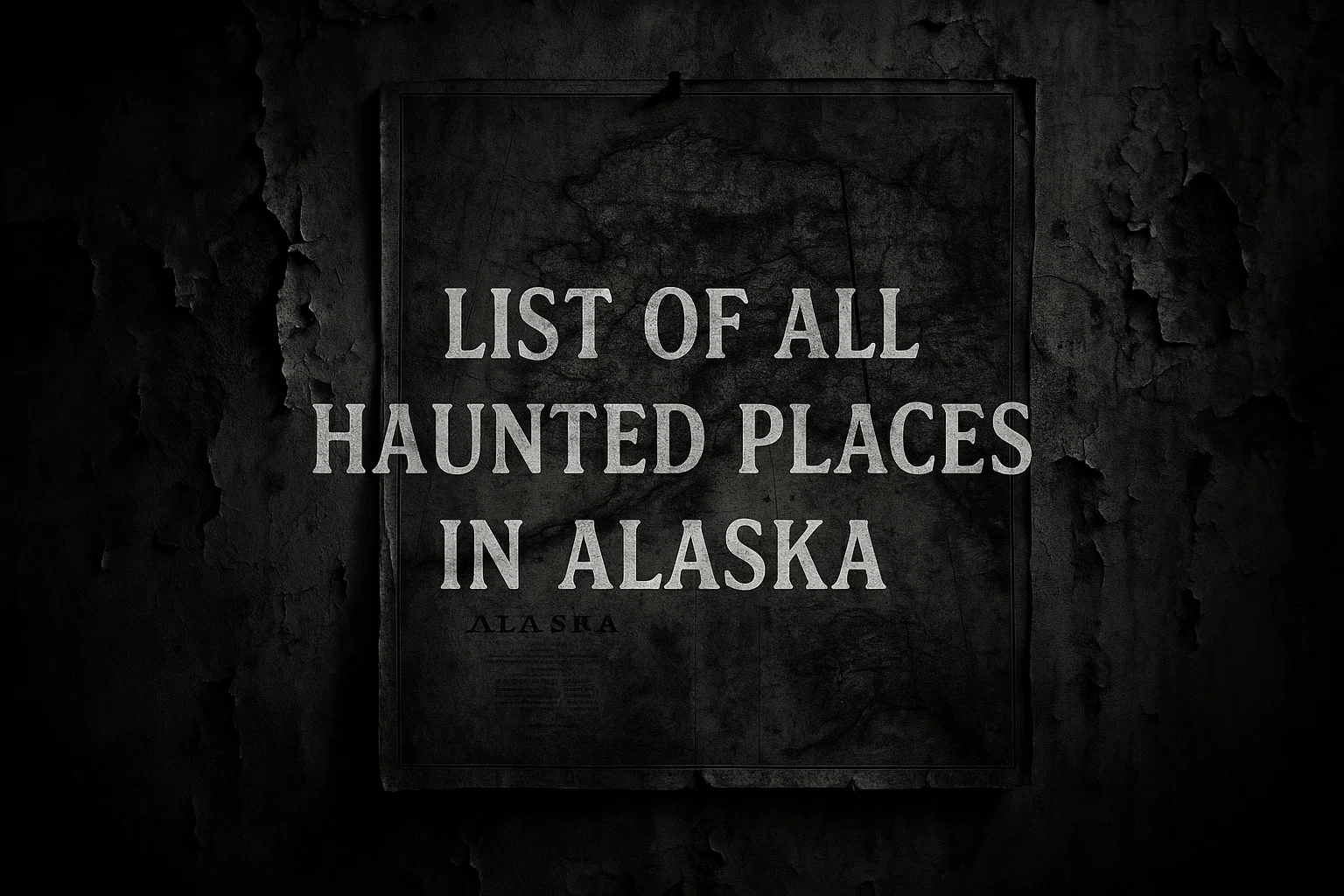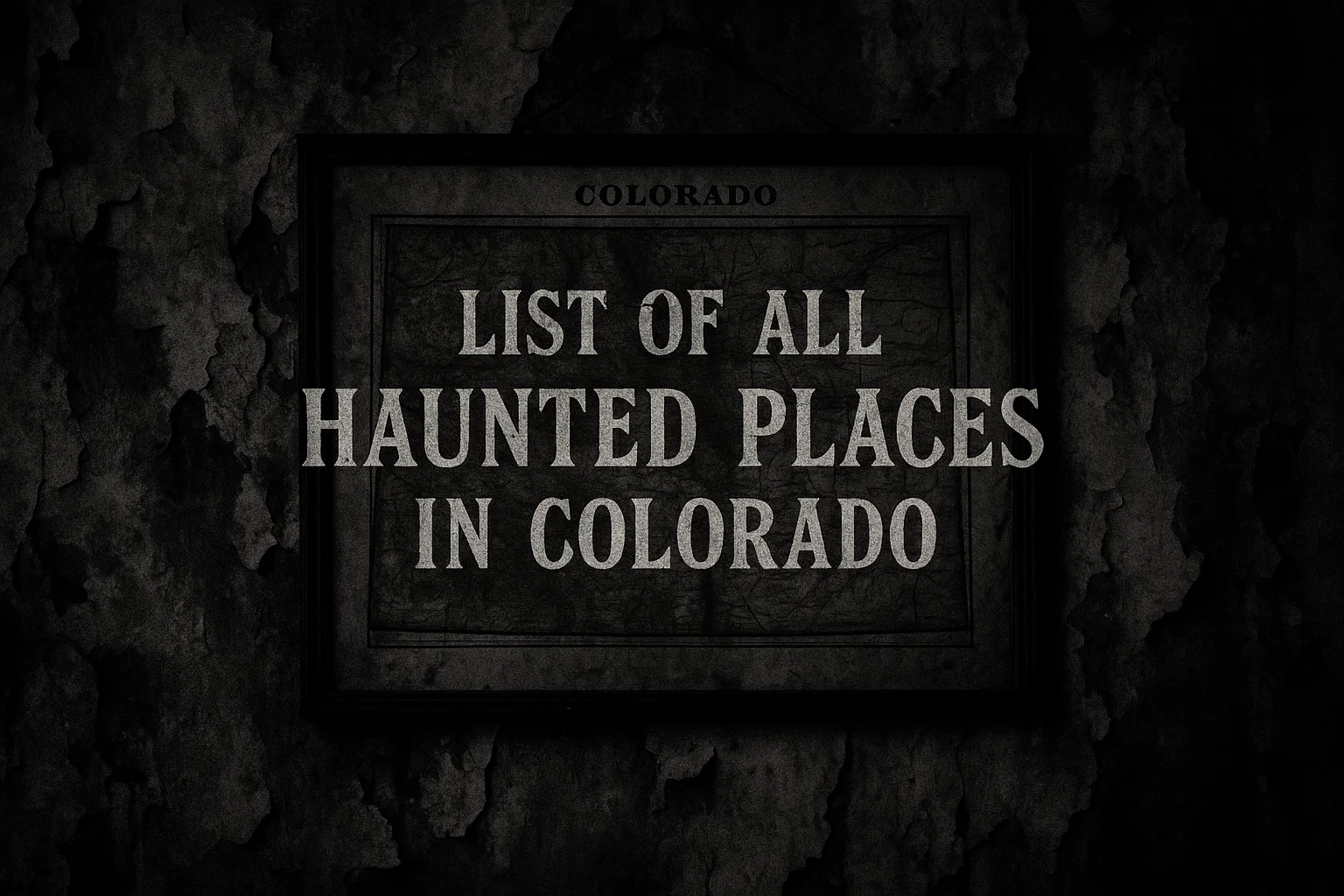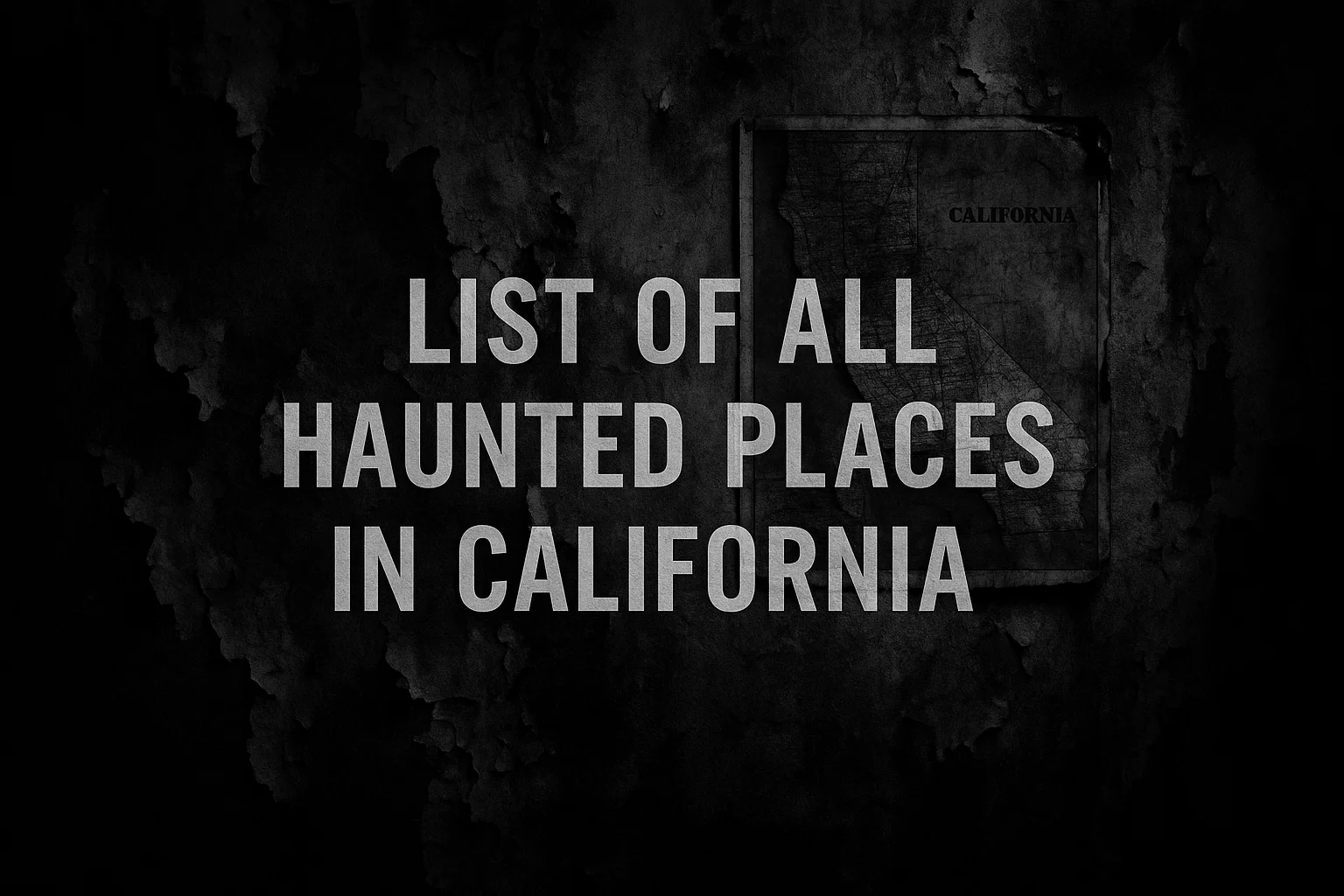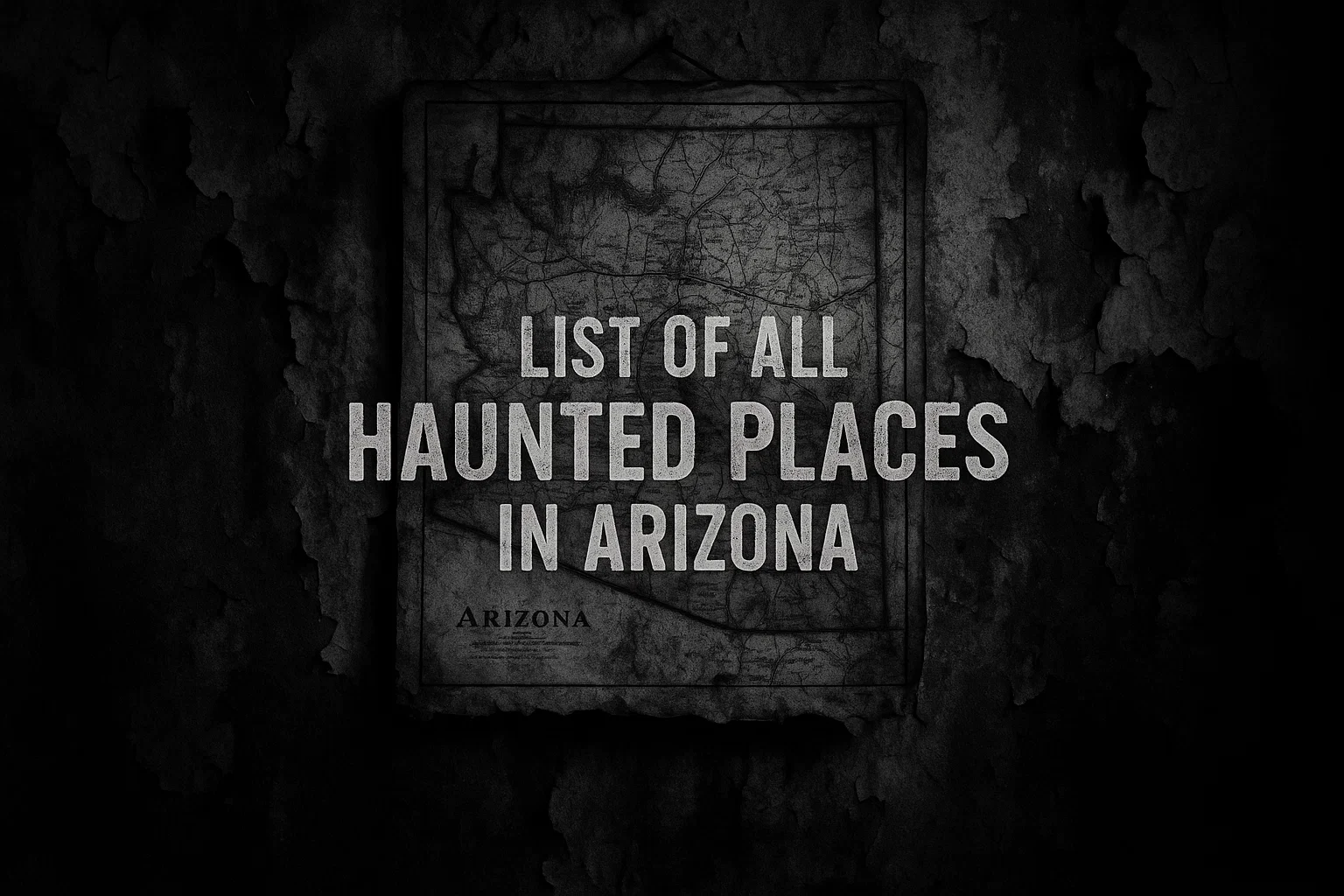In the heart of New England, Vermont Bigfoot sightings have sparked curiosity and debate for over a century. The Green Mountain State, with its sprawling forests, rugged mountains, and quiet valleys, offers a perfect backdrop for tales of a mysterious, hairy creature known as Sasquatch.
From early accounts in the 1800s to modern trail camera captures, Bigfoot sightings in Vermont weave a tapestry of folklore, eyewitness reports, and unanswered questions.
This article dives deep into the history, investigations, and cultural significance of these enigmatic encounters, exploring why Vermont remains a hotspot for cryptid enthusiasts. Whether you’re a skeptic or a believer, the stories of Vermont Bigfoot sightings invite you to ponder the mysteries lurking in the wilderness.
Summary
Vermont Bigfoot Sightings: A Historical and Modern Overview
Vermont Bigfoot sightings paint a vivid picture of a creature that roams the state’s untamed landscapes. Witnesses describe a towering, bipedal figure, often covered in dark or reddish hair, with glowing eyes and a distinctive, musky odor. These encounters span rural farmlands, dense woodlands, and the shadowy trails of the Green Mountains, fueling local legends and national fascination.
The earliest documented Bigfoot sightings in Vermont date back to 1861, when residents of Bennington County reported a gorilla-like creature prowling the forests. Since then, reports have emerged from places like Hubbardton, Whitehall, and the Northeast Kingdom, each adding to the state’s cryptid lore.
The Bigfoot Field Researchers Organization (BFRO) and other sources have cataloged numerous credible accounts, though physical evidence remains elusive. Below is a comprehensive table of all known Vermont Bigfoot sightings, drawn from historical records, BFRO reports, and local testimonies, organized chronologically from the earliest to the most recent in 2025.
Table of Reported Bigfoot Sightings in Vermont:
| Date | Witness | Location | Description |
|---|---|---|---|
| August 1861 | Multiple Residents | Stamford, Bennington County | Residents reported a large, hairy, gorilla-like creature in the forests. Hunting parties searched but found no remains. Some later claimed a student hoax, though initial accounts were consistent. |
| 1879 | Unnamed Hunters | Williamstown | Two hunters encountered a five-foot-tall creature with bright red hair. It became aggressive when shot at, then fled into the woods. |
| July 1977 | Unnamed Professor and Daughter | Castleton | A professor and his daughter observed a tall, hairy creature in a wooded area near Castleton University. They reported it to local authorities, describing it as bipedal with dark fur. |
| October 1984 | Unnamed Camper | Green Mountain National Forest | A camper heard loud, guttural howls and saw a large, shadowy figure near a trail. No clear visual, but footprints were found the next day. |
| July 23, 2005 | Unnamed Camper | Bennington County | Heard blood-curdling screams and heavy thumping near a swamp at night. No visual sighting, but the sounds were unlike any known animal. |
| September 2010 | Frank Siecienski | Hubbardton | Captured a trail camera image of a large, hairy creature, possibly with a juvenile. The figure appeared humanoid, moving through an orchard at night. |
| 2012 | Multiple Witnesses | Whitehall | A group reported a seven-foot-tall creature with glowing red eyes and dark hair. It moved bipedally through the forest, emitting a high-pitched squeal. |
| August 2019 | Unnamed Retired Nurse | Eden, Lamoille County | Observed a black, humanoid shape walking past her driveway near the North Branch Lamoille River. The figure was tall and moved silently. |
| March 2025 | Unnamed Hiker | Mount Mansfield | Reported seeing a large, hairy creature crossing a trail. Described it as eight feet tall with dark brown fur and a strong odor. |
The diversity of Vermont Bigfoot sightings reflects the state’s unique geography. The Green Mountain National Forest, with its 400,000 acres of dense woodland, provides ample cover for a creature that avoids detection.
Similarly, the Northeast Kingdom’s remote trails and the Bennington Triangle’s eerie reputation make these areas prime for Sasquatch stories. While skeptics attribute sightings to bears, hoaxes, or misidentifications, the consistency of reports—spanning decades and locations—keeps the mystery alive.
You May Also Like: Complete Guide to South Dakota Bigfoot Sightings (1977–2025)
Investigation Efforts in Vermont
Efforts to investigate Bigfoot sightings in Vermont have grown over the years, driven by local enthusiasts, national organizations, and media attention. The Bigfoot Field Researchers Organization (BFRO) has been a key player, maintaining a database of credible reports and conducting field expeditions.
In 2012, the BFRO collaborated with Animal Planet’s Finding Bigfoot to investigate Frank Siecienski’s 2010 Hubbardton photograph. The team explored the area, interviewed witnesses, and searched for tracks, vocalizations, and stick structures—patterns of branches some believe are built by Bigfoot. Though the investigation yielded no definitive proof, it highlighted Vermont’s significance in cryptid research.
Beyond the BFRO, local researchers have made notable contributions. Chris Noel, an East Montpelier resident and Yale graduate, has dedicated years to studying Vermont Bigfoot sightings. Noel’s work includes documenting footprints, recording unusual vocalizations, and identifying stick structures in central Vermont.
His “Wild Vermont Expeditions” offer guided tours for enthusiasts, focusing on areas like the Green Mountains and Worcester Range. Noel emphasizes the need for open-minded inquiry, arguing that the sheer volume of eyewitness accounts demands serious consideration. His book, Sasquatch Rising, details his findings and encourages community involvement in tracking the creature.
Another prominent figure is Jason Lorefice, a paranormal investigator based in Vermont. Lorefice’s book, Vermont Bigfoot Encounters and Beyond, compiles dozens of eyewitness testimonies, including historical accounts from the 1800s. His investigations focus on the Bennington Triangle, a region notorious for disappearances and cryptid activity.
Lorefice has interviewed witnesses who describe creatures with glowing eyes, piercing screams, and bipedal movement, particularly in areas like Glastenbury Mountain. His work blends folklore with firsthand reports, making it a cornerstone of Vermont’s Bigfoot research.
Other organizations, such as the Alternate Realities Center, have also contributed to the study of Vermont Bigfoot sightings. This group encourages public reporting of cryptid and paranormal encounters, maintaining a database similar to the BFRO’s. Their efforts include analyzing photographs, audio recordings, and physical evidence like hair samples.
In one case, a University of Vermont team examined hair thought to be from a Bigfoot but identified it as deer hair, a common finding in such investigations. Despite these setbacks, the Alternate Realities Center continues to collect reports, particularly from the Northeast Kingdom and Lake Champlain region.
Media outlets have amplified interest in Vermont Bigfoot sightings. In 2019, a rumor in Bradford suggested Bigfoot was delaying a bridge construction project over the Waits River. Local news station WCAX investigated, finding flyers debunking the claim, but the story sparked renewed discussion about Bigfoot’s presence in Vermont.
Similarly, the town of Whitehall has embraced its Bigfoot legacy, declaring Sasquatch its “official animal” in 2018 and hosting annual cryptid festivals. These events draw researchers and tourists, fostering community engagement with the legend.
Scientific efforts have been less conclusive. Biologists have deployed motion-activated cameras in areas like Mount Mansfield and the Green Mountains, capturing footage of bears, coyotes, and other wildlife but no clear evidence of Bigfoot. Hair samples and footprints often turn out to belong to known animals, yet researchers remain undeterred. The persistence of Vermont Bigfoot sightings suggests that, even without hard proof, the creature’s cultural impact is undeniable.
You May Also Like: Complete Guide to Tennessee Bigfoot Sightings (1871–2025)
Detailed Case Studies
The 1861 Bennington County Wave
In August 1861, the town of Stamford in Bennington County became the epicenter of one of the earliest recorded Vermont Bigfoot sightings. Multiple residents reported seeing a large, hairy, gorilla-like creature roaming the forests near the New York border. Witnesses described it as bipedal, covered in dark fur, and capable of swift, silent movement.
The sightings caused such alarm that locals formed hunting parties, some claiming to have fired at the creature, dubbed the “Bennington Monster.” No body was recovered, and the wave of sightings ended when a college student claimed to have faked some encounters using a gorilla suit.
However, many residents insisted the initial reports were genuine, citing consistent descriptions across unrelated witnesses. The event remains significant for its historical context, as it predates the modern Bigfoot phenomenon and aligns with early Sasquatch folklore in the Northeast.
Frank Siecienski’s 2010 Hubbardton Photograph
On September 10, 2010, Frank Siecienski, a Hubbardton resident and self-proclaimed Bigfoot researcher, captured a striking image on a trail camera set up in his apple orchard. The photograph showed a large, hairy, humanoid figure, possibly with a smaller figure clinging to it, moving through the orchard at night. Siecienski had installed the camera to investigate what was eating his apples, suspecting wildlife but hoping for something more unusual.
He described the creature as tall, muscular, and covered in dark fur, with a gait unlike any known animal. When he contacted the Vermont Fish and Wildlife Department, officials suggested the figure was an owl, a claim Siecienski rejected due to the creature’s size and shape.
The image gained national attention when featured on Finding Bigfoot in 2012. The show’s investigators noted the figure’s humanoid proportions and speculated it could be a female Sasquatch with a juvenile.
Despite extensive searches for additional evidence, such as tracks or hair, none was found, leaving the photograph as a tantalizing but inconclusive piece of evidence in Vermont Bigfoot sightings.
The 2012 Whitehall Incident
In 2012, the town of Whitehall became a focal point for Bigfoot sightings in Vermont when multiple witnesses reported a seven-foot-tall creature with glowing red eyes. The sightings occurred in a forested area near the Vermont-New York border, where witnesses described a bipedal figure covered in dark hair, emitting a high-pitched squeal or scream. One witness, a local hunter, reported seeing the creature at dusk while tracking deer.
He described its eyes as “glowing like fire” and noted a strong, musky odor that lingered after it fled. Another witness, a hiker, observed the creature from a distance, noting its fluid, human-like movements as it crossed a clearing. The reports prompted investigations by local researchers and the BFRO, who interviewed witnesses and searched for physical evidence.
The town’s history of Bigfoot sightings, combined with these vivid accounts, led Whitehall to adopt Bigfoot as its “official animal” in 2018, a move that boosted tourism and cemented its place in cryptid lore. The consistent descriptions from credible witnesses make this one of the most compelling Vermont Bigfoot sightings.
You May Also Like: Complete Guide to Texas Bigfoot Sightings (1837–2025)
Bigfoot Sightings vs Other Cryptid Sightings in Vermont
Vermont’s wilderness harbors more than just Bigfoot sightings. The state is a hotspot for other cryptids, each with its own lore and reported encounters. These creatures often share habitats with Bigfoot, raising questions about potential connections or overlapping phenomena. Below are the most prominent cryptids and unexplained events in Vermont, along with their possible links to Sasquatch.
- Champ (Lake Champlain Monster): Known as America’s Loch Ness Monster, Champ is a serpent-like creature reported in Lake Champlain since 1609, when Samuel de Champlain allegedly described a “20-foot serpent.” Modern sightings include blurry photographs and videos, often near Burlington or Port Henry. While Champ’s aquatic nature contrasts with Bigfoot’s terrestrial habits, both are linked to Vermont’s remote wilderness, suggesting a shared ecological niche.
- Wampahoofus: A creature from 19th-century logging folklore, the Wampahoofus is a deer-boar hybrid with uneven legs, adapted to circle mountains in one direction. Reported on Mount Mansfield and Camel’s Hump, it shares Bigfoot’s forested habitat. Some speculate that early Wampahoofus sightings could have been misidentified Bigfoot encounters, given their similar environments.
- Pigman (Northfield): The Pigman is a human-pig hybrid reported in Northfield’s Devil’s Washbowl. A notable 1971 sighting involved a teenager who saw a pig-headed creature in the woods, described as aggressive and bipedal. Unlike Bigfoot’s shy demeanor, the Pigman is often portrayed as hostile, but its forested habitat suggests a possible overlap with Sasquatch sightings.
- Slipperyskin (Northeast Kingdom): Also called Wejuk or Wet Skin, this bear-like creature is known for evading traps. Reported in the 1700s in the Northeast Kingdom, its elusive nature mirrors Bigfoot’s. Some researchers propose that Slipperyskin sightings could reflect early Bigfoot encounters, misinterpreted through local folklore.
- Black Beast of Snake Mountain: Described as a large, black, panther-like creature, the Black Beast has been sighted near Snake Mountain since the early 20th century. Witnesses note its stealth and unusual behavior, which some argue aligns with Bigfoot’s characteristics, possibly indicating misidentification of a bipedal creature.
The Bennington Triangle, a region encompassing Glastenbury Mountain and nearby towns, is a hotspot for both Bigfoot and paranormal activity. Between 1945 and 1950, five people vanished in the area under mysterious circumstances, fueling speculation about supernatural forces or cryptid involvement.
Some researchers suggest a link between Bigfoot and these disappearances, given the creature’s reported presence in the region. Similarly, reports of glowing orbs, strange noises, and ghostly apparitions in the Triangle overlap with Bigfoot’s eerie vocalizations and elusive nature, hinting at a broader unexplained phenomenon.
The shared habitats of these cryptids—dense forests, rugged mountains, and remote waterways—suggest a possible ecological or cultural connection. Some theorize that Vermont’s wilderness fosters a variety of misidentified creatures, while others propose that Bigfoot and other cryptids could represent undiscovered species or even interdimensional beings. The lack of concrete evidence for any of these creatures keeps the debate open, but their stories continue to captivate Vermonters.
You May Also Like: Complete Guide to Utah Bigfoot Sightings (1970–2025)
Conclusion
Vermont Bigfoot sightings remain a cornerstone of the state’s cultural and natural heritage. From the 1861 Bennington County wave to Frank Siecienski’s 2010 photograph and the 2012 Whitehall incident, these encounters weave a compelling narrative of mystery and wonder. Investigations by the BFRO, Chris Noel, Jason Lorefice, and others have documented footprints, vocalizations, and photographs, yet definitive proof remains elusive.
Vermont’s other cryptids—Champ, the Wampahoofus, the Pigman, and Slipperyskin—share the state’s wild landscapes, suggesting a rich tapestry of folklore that may intersect with Bigfoot sightings in Vermont. While skeptics point to misidentifications or hoaxes, the persistence of credible eyewitness accounts ensures that the legend endures.
Whether a real creature or a product of imagination, Bigfoot continues to roam Vermont’s forests, inviting us to explore the unknown.

